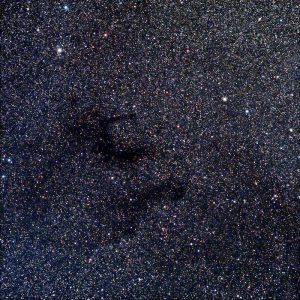2022 July 4
Deep Sky Update – June 2022
Section Meeting 2023
I have started making arrangements for our annual meeting in 2023. It will be held on Sunday 19th March 2023 at Bedford School, Bedford – where we have met a couple of times previously.
Please let me know if you would like to give a talk at the meeting, or if there are any topics you might like to hear about from either amatuer or professional astronomers. And any speaker suggestions would be appreciated.
I’m looking forward to it, and I hope many of you will be able to attend.
Summer Reading
A couple of papers from professionals that you might like to have a read of. Hopefully not ‘too heavy’.
- Planetary nebulae and how to find them: A concise review by Prof Quentin A. Parker.Quentin is probably one of the world’s leading researchers into planetary nebulae and has been a big supporter of efforts by amateurs to discover new PNe.
This review is published in Frontiers in Astronomy and Space Sciences. You can read it in full at https://doi.org/10.3389/fspas.2022.895287 - A 3D View of Orion: I. Barnard’s Loop by Michael Foley et al.This was reported in a recent posting from Sky & Telescope. It’s an interesting paper about the structure of nebulisty in Orion, and as marked as the first part, there should be more interesting papers to come. The online pre-print paper provides an interactive 3D representation of Barnard’s Loop which can be moved around to view from different perspectives. You can access the full paper at
https://www.authorea.com/users/489216/articles/573026-a-3d-view-of-orion-i-barnard-s-loop
Ages of Globular Clusters
Alan Thomas posted an image of M107 in June and noted the age of this GC as 13.95 billion years. Grant Privett commented that this is older than the accepted age of the universe! The error ranges in the ages of GC’s tend to be rather large (like plus/minus 1 GYr). I had hoped to provide a bit of a literature review here, but not had the time – i will have it ready for the next update though.
June Object of Interest
I was pleased a few members were able to capture last month’s target, NGC 6210. Alan Thoms. Mark Fairfax and Mattia Piccoli all imaged if, and Jim Latham reported visual observations with his 14inch Newtonian – inspired by the view of NGC 6210 he went on to observe some more. Jim writes: “IC 4593 ‘white eyed pea’ was easily visible as a tiny ring with a bright central star, and further south NGC 6309 was impressive, and really did look like a cosmic explanation mark! But the pick of the night was M 2-9 ‘Minkowski’s butterfly’”.
See the Object of Interest Gallery page to find the images used to make the above composite.
July Object of Interest
For July I thought I would suggest a dark nebula as the target, and my first thought was Barnard’s E (B142 and B 143). Actually we have a few images in the image library, and even this image by David Strange taken just a few days ago. Dark Nebulae are difficult visual targets, but Barnard’s E is not far from Altair north west, so the location should not be too hard to find. But it is about 0.5 degrees across, so a wide field is needed to show it well. Images fairly well – again probably a fast refractor will serve well. Good luck on any attempts to observe. I will look forward to seeing images posted on your members albums or your email reports.
Clear, dark skies
Callum
| The British Astronomical Association supports amateur astronomers around the UK and the rest of the world. Find out more about the BAA or join us. |


